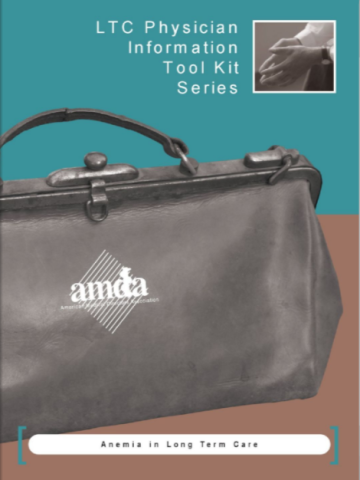Anemia is a common problem in the post-acute and long-term care setting (PALTC) and can be associated with increased morbidity and reduced quality of life. Anemia is associated with increased disability, decreased physical performance, decreased muscle strength, increased risk of cardiovascular events, impaired quality of life, increased risk of falls, and increased mortality. The condition is common in PALTC patients, but is often unrecognized, undiagnosed, and untreated. Recent research suggests that anemia, even in frail, older patients, is potentially treatable. The purpose of this guide is to raise the awareness of the incidence of anemia in the elderly and the impact it has on the elderly population, provide advice on how to set up a QA program and discuss the role of the medical director in anemia management.
Prices

The Electronic Copy is in FlipHTML5 format and is viewable from your PC, tablet, and smartphone through your PALTmed account. The Electronic Copy is not downloadable or printable.
